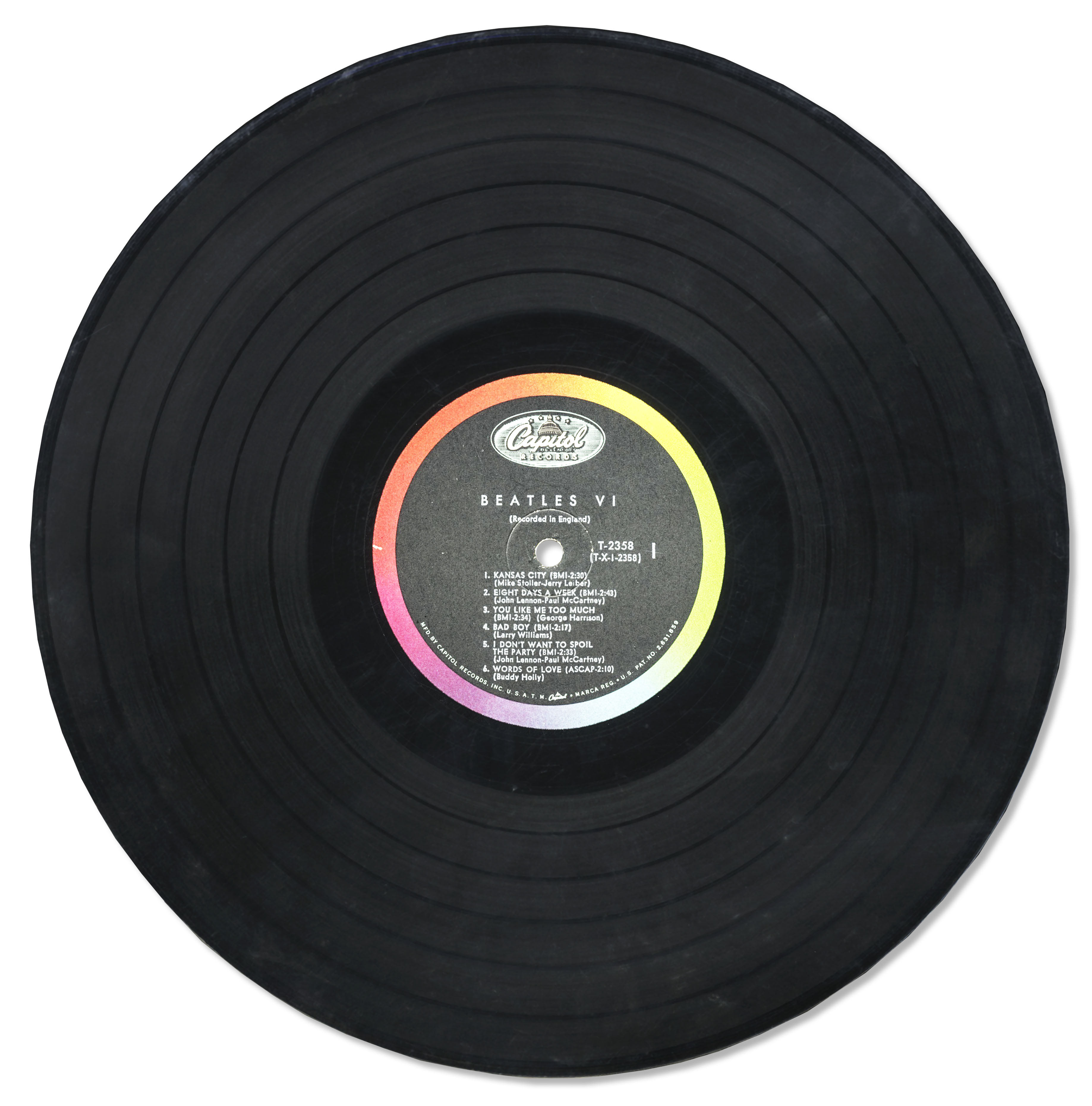
I'd be surprised if Elliott Smith didn't learn something from it. McCartney later reprises "Junk" in a "singalong" instrumental version, with mellotron and piano joining in for a pretty waltz. The sparse vocal version features McCartney accompanying himself with acoustic guitar and a bit of bass and percussion, ticking through a nostalgic inventory of disused objects.

The highlights of McCartney's later solo albums were often uptempo rock songs, or big, show-stopping tunes, but here, apart from "Maybe I'm Amazed", the peaks include two versions of the same quiet song, " Junk". When presented with the opportunity to let his guard down and show us his unvarnished self, Paul McCartney never did- even in this intimate setting, his songs remain extroverted and devoted to achieving some measure of pop accessibility. His love for Linda, expressed so ebulliently on " Maybe I'm Amazed", was certainly genuine, but he wrote this eventual FM-radio staple as a classic, universal love song. To a degree, McCartney is an actor whose medium is his songs. As a songwriter, he wasn't (and still isn't, really) the confessional type. And yet McCartney doesn't really tell us much about McCartney. No singles were released, there are several instrumentals, and it's all a bit ramshackle, the type of album that in the hands of most musicians would lend itself to introspection. Paul played everything on the record himself, apart from some backing vocals by Linda, recording much of it at home on a four-track. The record has a homespun charm, and a feel that suggests McCartney wasn't putting too much pressure on himself to carry on the Beatles flame or make a statement. But where the rawness of Plastic Ono Band plays into anger, aggression, and disillusionment, the rawness of McCartney is only in the sound. They share a rawness, a seeming desire to move away from the opulence of 1969's Abbey Road, the last album the Beatles recorded together. And the album he made has some parallels to Lennon's, too. I think he wanted people to see his name out there as a songwriting credit, without the old prefix. When the media ran stories on McCartney, he was often just "Paul." He could have called his album Paul McCartney, but he pointedly did not. This is a name that had been paired with Lennon, separated by a slash, for years- we weren't used to seeing it all by itself. It has overshadowed McCartney since its release.

Lennon's Plastic Ono Band is rough, nasty, self-absorbed, not a little narcissistic, and devoted to laying bare the rawest of emotions and memories. The separation is complete on the solo albums the two former Beatles released in 1970. The two were almost always writing separately, and on those late Beatles albums, you can hear their personalities pulling apart. By the time the band broke up, however, the partnership had been mostly dissolved for years. Lennon and McCartney, as everyone knows, were the songwriting partners who made the Beatles such a titanic force in the 1960s. Wings had no John Lennon to play foil to McCartney. McCartney II, on the other hand, was released in 1980, about a year before the breakup of Wings, a band that was never much more than a vehicle for McCartney's solo songwriting efforts. McCartney was released a month before Let It Be, and it contained a fair amount of music that had been kicking around for some time. In that respect, it makes some sense to reissue the two simultaneously, but their original contexts could hardly be more different. In 1970, when advance copies of McCartney were sent to journalists, they included a press sheet announcing Paul's departure from the Beatles, which had the further effect of breaking up the band. Released 10 years apart, McCartney and McCartney II are the first two post-Beatles albums to be credited solely to Paul McCartney, without Wings or Linda McCartney.


 0 kommentar(er)
0 kommentar(er)
